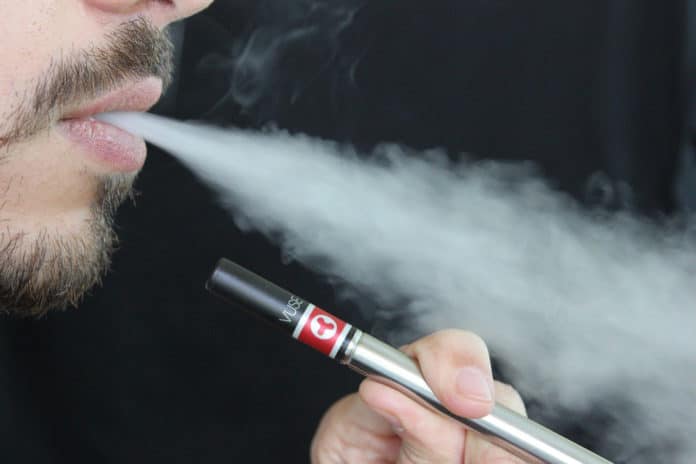Regulations restricting the offer of flavored e-cigarette products are disputable for their capability to interfere with e-cigarette use as a cessation help as well as controlling youth use. Limited study recommends that flavor may improve the habit-forming capability of e-cigarettes; in any case, the intense impacts of flavored aerosols on brain function among people have not been assessed.
In a new study, scientists from Penn State decided to determine the effect of flavored and unflavored e-cigarette aerosols on brain function. The study was conducted using a newly developed device that delivers e-cigarette aerosols during brain scanning. Scientists delivered aerosols containing a low dose of nicotine to nine adult female smokers during a single laboratory visit using the device.
One aerosol had a strawberry-vanilla flavor, and the other was flavorless. The group looked at the strength of brain activation and rewarded brain region inclusion among flavored and unflavored aerosols by using functional MRI.
Andrea Hobkirk, an assistant professor of psychiatry and behavioral health at Penn State College of Medicine, said, “For our study, we were interested in looking first at, for smokers, how flavor might affect their response to nicotine e-cigarettes. We recruited smokers who had never used e-cigarettes before or were not regular e-cigarette users. What we were interested in is figuring out whether or not flavor changed how they perceived or how their brain responded to this e-cigarette use.”
Scientists found that the strawberry-vanilla aerosol engaged the brain’s taste region. In contrast, the unflavored aerosol engaged the brain’s reward region, similar to observations during cigarette smoking.
While assessing patterns of neural activity between brain regions, they found that crucial brain reward regions were strongly connected with flavored aerosol and not unflavored.
For smokers, unflavored e-cigarettes may mimic the typical smoking experience more than flavored e-cigarettes.
Hobkirk said, “We found that for smokers who had never really used e-cigarettes before, the flavor did not make the experience more rewarding for them, at least in terms of what we saw in the brain. It did not make the experience of breathing in these aerosols more like a smoking experience. Typically, that’s what smokers are looking for when trying to transition over to a healthier product.”
“They want something that gives all the similar rewarding and sensory-motor effects of their regular combustible cigarette but without all the harmful effects that come in the toxins of a cigarette. We found that adding flavor doesn’t necessarily do that for these smokers, at least what we saw in their response to them in the brain. This could suggest that, potentially, smokers do not necessarily need these flavors to make the transition from a combustible cigarette to an e-cigarette.”
Journal Reference:
- Hobkirk, A. L., Houser et al. Evidence from an fMRI study that dessert-flavored e-cigarettes engage taste-related, but not smoking-related, brain circuitry for female daily smokers. DOI: 10.1037/pha0000488
